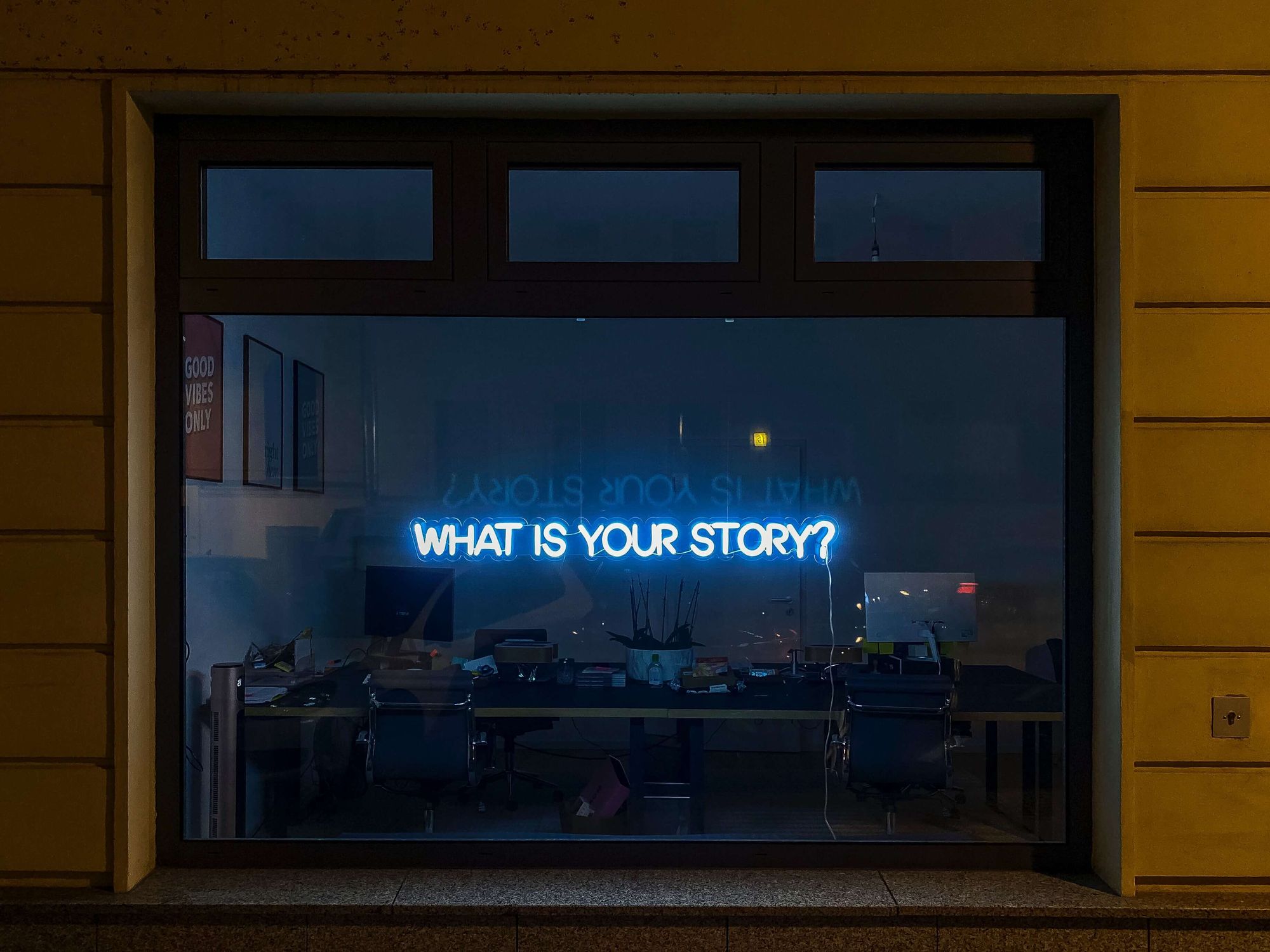B2B and B2C businesses will work quite differently when it comes to customers and marketing to those customers. The different customer segmentation types will be more varied than, say, two B2B companies, due to whether or not they’re interacting with an individual customer or a multi-level organization.
In this article we’re going to go over:
- The difference between B2B and B2C companies,
- Why this difference is important,
- The differences in their customer bases and,
- How they market to them when making sales.
What's the difference between B2B and B2C?
B2B and B2C both follow the same process - a customer is buying a product or service from their company. The difference is shown in the acronyms:
- B2B = business-to-business
- B2C = business-to-consumer
But this is still a little vague; after all, businesses are also consumers. The difference comes in the audiences they’re trying to sell to, and how they approach sales and marketing to these groups.
What is the difference between a B2B customer and a B2C customer?
The B2B audience is going to be other businesses. These types of interactions during the selling process will include multiple stakeholders and teams. The path to purchase will often be longer and more complicated and involve lots of market research into suppliers.
The B2C audience is made up of individuals. These interactions tend to be more linear and simple, as only one person needs to approve the purchase themselves, and they’re most often the consumer of your product.
Why is it important to know the difference between B2B and B2C customers?
As customer marketers, it’s already common knowledge that every customer group is unique, with different pain points, needs, and use cases. As such, each stage of the decision-making process will have to be handled differently.
Making buying decisions:
B2B customers will consider things like price, efficiency, ROI (return on investment), and productivity when choosing a vendor.
B2C customers will offer the opportunity for your sales and marketing teams to make more of an emotional connection. B2C buyers are more invested in how the product can make their life easier, and how they can enjoy it.
Purchase decisions often rely on a mix of logic and emotion. When someone is buying on behalf of a company, logic is more likely to win out. For individuals buying your product as a gift or for themselves, the opposite is true.
B2B and B2C features
To conclude, here’s a quick comparison between B2B and B2C processes.
B2B
- B2B businesses have a smaller volume of customers with higher price points
- Marketing focuses on education and efficiency
- Buying decisions are more logic-based
- Customer goals are usually long-term
- B2B has a longer sales cycle
B2C
- B2B businesses have a larger volume of customers with lower price points
- Marketing focused on entertainment and convenience
- Buying decisions are more desire-based
- Customer goals are usually short-term
- B2C has a shorter sales cycle
Key differences between B2B and B2C marketing
Business-to-consumer and business-to-business companies have different audience bases with some variety in the sales cycle, so it’s understandable that marketing to these audiences will also require different approaches.
Customer relationships and customer service:
When it comes to customer relationship management (CRM), how you engage with your customers will depend on who they are and your current relationship with them.
With B2C customers, when they encounter a problem, they value quick solutions. The quicker they get connected to customer service and solve their issue, the better their experience. This is where chatbots often make things more efficient. For FAQs, instantly getting the answers from direct in-app messages, or from a bot is more satisfying than going through the trouble of calling the service at all.
With B2B customers, because there’s often a much larger amount of money at stake, and with the selling process being longer and more complex, a more direct approach is often appreciated. B2B businesses do well with a dedicated support team to monitor their sales.
As such, B2B relationships are more personal, while B2C relationships are more transactional.
Branding:
Because it’s crucial you represent your company accurately to your target audience, your branding must reflect the different markets.
For B2B branding, the vital part of your branding is showing your audience where you fit in the market in comparison to your competitors. Though this is also important in B2C marketing, B2B buyers need to know your brand personality, which can help in brand recognition and lead generations.

For B2C branding, because the purchase decisions are more desire-focused, the most effective part of your branding will be messaging and creating an emotional connection between your product and your customers.
While B2C companies will have less direct contact with individuals in their customer base, messaging must create a memorable connection between them and your brand to ensure loyalty and repeat purchases.
Audience targeting:
For audience targeting, once you have a decent understanding of the different demographics within your customer base, you need to then tailor your marketing strategy to these segments.
Doing so will also mean your brand is more likely to be found by potential customers as well as your existing customers. B2B companies tend to occupy a more niche space within a market than B2C companies.
Remember to take a variety of traits into account. Where do you overlap with customer values, location, interests, etc.? Where do your competitors overlap? It’s important your marketing reflects your customers’ values and priorities as well as your own.

Connecting with your audiences through social media, traditional ads, and other forms of digital and content marketing can help bridge the gap between your brand and your customers. Forming a relationship is essential in both B2B and B2C marketing, and is a key foundation of customer marketing.
As a customer marketer, you’re responsible for a certain part of the business funnel, but the information you collect about your advocates and loyal customers can also be used to influence targeting new and potential customers too.




